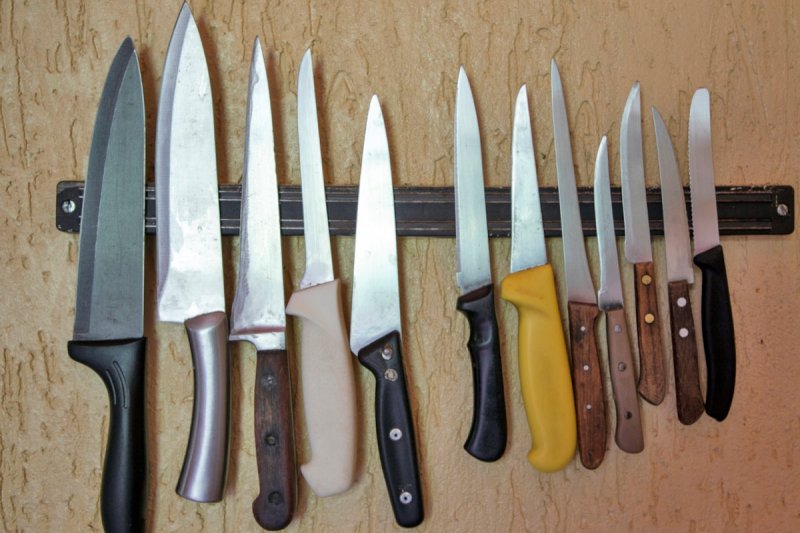This knife guide covers various topics related to knives and knifes accessories, and the “Knives” section is at the heart of it. The individual sub-pages contain ideas of different knife genres, knife types or individual specific knives.
The world of knives is big, colorful and diverse. Knives were and are part of human history. Whether as a (hunting) weapon or as a tool for cooking or in the form of a pocket knife as an everyday companion: nowadays almost everyone owns several knives.
Therefore, on this overview page, an attempt should be made to look at the subject of knives as a whole.
Knife Guide – Classification of knives
There are many ways to classify knives and damascus knife set. The following, non-exhaustive, criteria are suitable for classifying knives and are common.
Certainty
With reference to the Weapons Act and the determination of some knives to injure or kill people, knives can be classified as tools or weapons. The tools include, above all, various chefs’ knives, and the weapons include knives that are used in the military sector.
Purpose / Application
Purpose, application or use is basically a closer look at the specificity of knives. Certain intended purposes, either as a generic term or as a specific designation, give different knives their designation used in common parlance.
These include e.g. B. chef’s or kitchen knife, hunting knife, craft knife or boat knife. Kitchen knives, in turn, consist of vegetable knives, meat knives or all-purpose kitchen knives. Looking at an even more detailed level of detail, meat knives include e.g. B. the boning knife or the filleting knife.
Material texture
Another distinguishing criterion that should not be missing in a knife guide is the material properties of the knife. Knives usually consist of a blade and a handle.
Handle material
The handle material is:
Various precious woods or laminated wood
Various plastics or resins
Horn, antler, horns, ivory
Leather
Various metals
Various minerals or derivatives thereof
Fabrics
Mother of pearl
Gems, pearls or precious metals for decoration
Blade material
Knife blades are mainly made of different types of steel with different degrees of hardness (conventional knife steel, stainless steel, carbon steel, Damascus steel) or ceramic.
Sharpening of the blade
The bevel of the blade or the blade grind has an influence on the later use of the knife. There are knives with a blade or cutting edge that is sharpened on one or both sides, with a smooth, serrated or hollow edge. For smooth bevels, there are again differentiating options with regard to how the entire blade is worked or ground down to the cutting edge.
Construction
With regard to the construction, a basic distinction is made between knives with a fixed blade, knives with a folding blade (one-handed, two-handed), switchblade knives or gravity knives and other e.g. B. knives that are explicitly forbidden under the Weapons Act, such as the butterfly knife. Another distinguishing feature of folding knives would be the locking mechanism.
Place of preservation
The place of storage should not be missing at this point as a distinguishing criterion, albeit as a rather vague one. According to this, some types of knives belong to the so-called pocket knives, others with a fixed blade to the belt knives.
Origin
Many cities, regions, but also countries give knives their usual name today. That is why the origin of various knives is also one of the classification criteria here in the knife guide.

